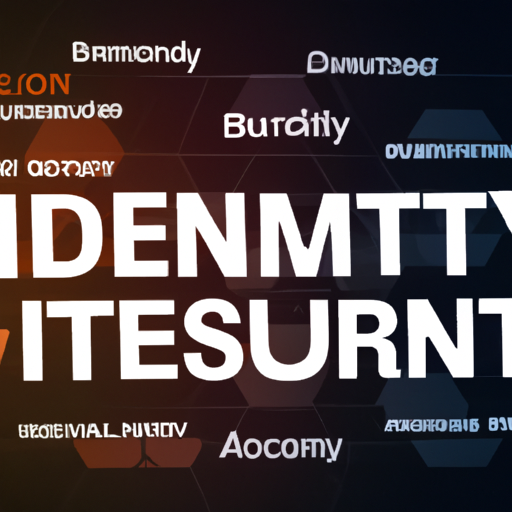In an increasingly digital world, the significance of Digital Identity Solutions cannot be overstated. From enhancing cybersecurity to streamlining user experiences, digital identities are revolutionizing how we interact online.
What are Digital Identity Solutions?
Digital Identity Solutions refer to technologies and processes that enable the verification and management of individual identities online. These solutions help establish trust and security, allowing users to engage in both personal and commercial transactions without falling prey to fraud or identity theft.
The Role of Digital Identity in Cybersecurity
Today’s businesses face numerous threats from cybercriminals who exploit weak identity management systems. Digital Identity Solutions play a pivotal role in mitigating these risks:
- Identity Verification: Essential for confirming that users are who they claim to be. This process is critical in preventing unauthorized access to sensitive information.
- Multi-Factor Authentication (MFA): Adding layers of security by requiring users to verify their identity through multiple credentials.
- Single Sign-On (SSO): Enhancing user experience by allowing access to multiple applications with one set of login credentials, reducing the risk of password fatigue.
Streamlining Online Processes
Digital Identity Solutions not only improve security but also enhance user experience. Here’s how:
- Faster Transactions: Instant identity verification speeds up processes like account creation and payment handling, improving customer satisfaction.
- Reduced Friction: An efficient digital identity system minimizes the redundancy of filling out forms and remembering multiple passwords.
- Enhanced Privacy: Users have greater control over their personal information, choosing what data they share and with whom.
Innovations in Digital Identity Solutions
The future of digital identity is bright, with innovations on the rise:
- Blockchain Technology: Allows for secure, immutable digital identities that users can control without centralized authority.
- Artificial Intelligence: AI-driven algorithms enhance identity verification processes, detecting anomalies and preventing fraud efficiently.
- Decentralized Identity Models: Empower individuals to manage their identities autonomously, shifting away from traditional centralized data storage.
Conclusion
Digital Identity Solutions are not just a trend; they are a necessity in today’s digital landscape. As we continue to embrace technological advancements, enhancing cybersecurity and streamlining online processes will depend heavily on robust digital identity management. Investing in reliable Digital Identity Solutions will pave the way for a safer, more efficient digital future for both businesses and consumers.
Are you ready to protect your digital identity?













